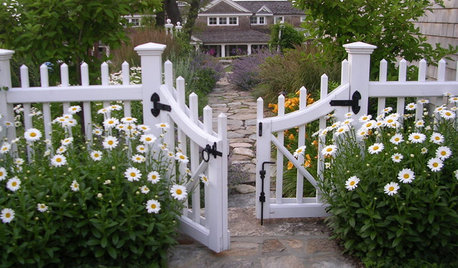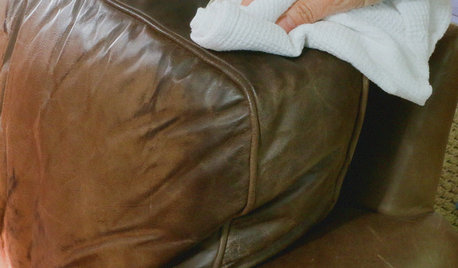Suspicious seeds!
donn_
17 years ago
Related Stories

FRONT YARD IDEASBefore and After: Front Lawn to Prairie Garden
How they did it: Homeowners create a plan, stick to it and keep the neighbors (and wildlife) in mind
Full Story
GARDENING FOR BUTTERFLIES3 Ways Native Plants Make Gardening So Much Better
You probably know about the lower maintenance. But native plants' other benefits go far beyond a little less watering and weeding
Full Story
CURB APPEAL7 Ways to Create a Neighborly Front Yard
Foster community spirit by setting up your front porch, paths and yard for social interaction
Full Story
FEEL-GOOD HOME21 Ways to Waste Less at Home
Whether it's herbs rotting in the fridge or clothes that never get worn, most of us waste too much. Here are ways to make a change
Full Story
WORKING WITH PROS10 Things Decorators Want You to Know About What They Do
They do more than pick pretty colors. Here's what decorators can do for you — and how you can help them
Full Story
PETSSo You're Thinking About Getting a Dog
Prepare yourself for the realities of training, cost and the impact that lovable pooch might have on your house
Full Story
Common Household Cleansers for Leather Upholstery
Clean and condition your leather sofa, chairs, handbags and more with ingredients already in your cabinets
Full StoryMore Discussions







achnatherum
donn_Original Author
Related Professionals
Marina Landscape Architects & Landscape Designers · Edmond Landscape Contractors · Amesbury Landscape Contractors · Bound Brook Landscape Contractors · Yuba City Landscape Contractors · Chicago Ridge Landscape Contractors · Downey Solar Energy Systems · Country Club Hills General Contractors · Country Club Hills General Contractors · Davidson General Contractors · Exeter General Contractors · Franklin General Contractors · Owosso General Contractors · Pocatello General Contractors · Avenal General Contractorsachnatherum
donn_Original Author
dirtysc8
donn_Original Author